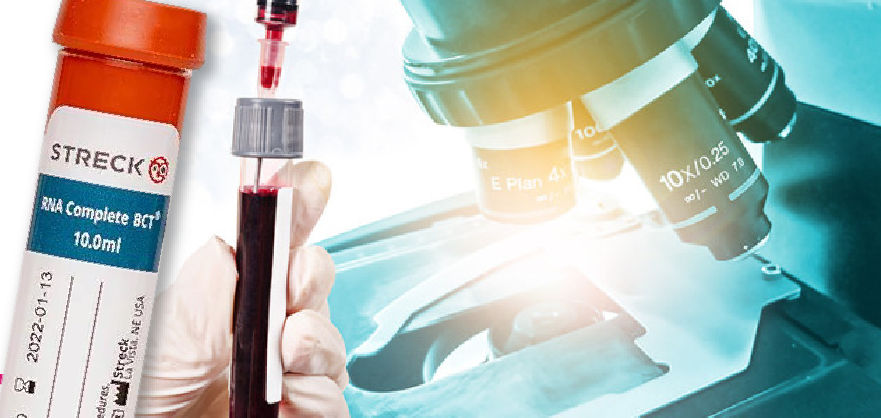MUTYH
MUTYH mutations The MUTYH (mutY Homolog (E. coli) gene is involved in DNA oxidative damage repair. Bi-allelic mutations in this gene are responsible for attenuated familial adenomatous polyposis (PAFA). About 20% of patients negative for mutations in APC have these mutations and have a 5% risk of developing colorectal cancer.


